Our mission
for modern lifestyle at competitive prices.
Mechanical VS Hydraulic disc brakes: a comprehensive guide to e-bike braking systems.
When it comes to choosing the best braking system for your electric bike, the decision between mechanical disc brakes and hydraulic disc brakes is crucial. At JOBOBIKE, we understand that this choice can significantly impact your riding safety and comfort. This guide delves into the working principles, advantages, and disadvantages of both systems, helping you make an informed decision.
Working principle
Mechanical disc brakes - Mechanical disc brakes operate using a steel cable to transfer the braking force from the brake lever to the brake mechanism. Their straightforward design and affordability make them prevalent in entry-level electric bikes. When you press the brake lever, the cable tightens, causing the brake pads to clamp against the wheel rim or brake disc, thereby stopping the bike. However, the cable can stretch or wear over time, necessitating regular adjustments and maintenance.
Hydraulic disc brakes - Hydraulic disc brakes, on the other hand, utilize brake fluid to transmit braking force. This system offers greater braking power and quicker response times, performing exceptionally well under various road conditions, especially at high speeds. Picture yourself speeding downhill; hydraulic disc brakes can bring you to a stop safely and swiftly. The closed system design also makes hydraulic brakes less susceptible to dust and water, ensuring long-term stable performance.
Advantages and disadvantages:
Mechanical disc brakes:
Cost-effective - Mechanical disc brakes are a popular choice due to their lower cost. For cyclists on a budget, they provide an economical and practical solution, allowing more people to enjoy the joys of riding without breaking the bank.
Simple maintenance - Their simple design means they are easier to maintain. Adjusting and replacing brake lines can be done at home with basic tools. This self-maintenance capability not only saves on costs but also offers a sense of accomplishment for those who enjoy hands-on tasks.
Stable performance - In dry and normal riding conditions, mechanical disc brakes deliver stable and consistent braking. This reliability ensures peace of mind and safety on every ride.
However, there are limitations:
Limited braking force - While effective under normal conditions, mechanical disc brakes can struggle in slippery or muddy environments, presenting a challenge for riders seeking high performance and safety.
Frequent adjustment needed - Over time, the brake lines and pads may loosen or wear out, requiring regular adjustments and replacements. While some enjoy the maintenance, it can become a burden, especially on long rides or in emergencies.
Hydraulic disc brakes:
Superior braking force and response - Hydraulic disc brakes can generate more braking force than mechanical ones, crucial in emergency situations. Their precise hydraulic system ensures powerful braking even at high speeds, providing confidence and safety in all scenarios.
Enhanced riding comfort - Hydraulic disc brakes offer a smooth and precise braking feel, reducing the force needed to stop the bike. This is particularly beneficial for long-distance rides. The ergonomically designed brake lever minimizes hand fatigue, allowing for a more enjoyable ride.
Low maintenance and durability - Hydraulic disc brakes require less maintenance compared to mechanical ones. The closed system design prevents dust and moisture intrusion, reducing the frequency of maintenance and enhancing durability.
Consistent performance - Hydraulic disc brakes perform reliably in all conditions. Unlike mechanical brakes, they are not affected by cable stretch or wear, ensuring consistent performance in all weather conditions.
Despite their advantages, hydraulic disc brakes come with certain drawbacks:
Higher cost - The initial purchase and subsequent maintenance costs for hydraulic disc brakes are higher. The precision system requires high-quality parts and professional tools, increasing overall expenses.
Complex maintenance - Maintaining hydraulic disc brakes is more complicated. Regular inspection and fluid replacement are necessary, and repairs often require professional skills and tools. This can be challenging for regular riders, leading to potential reliance on professional services.
Choosing between mechanical and hydraulic disc brakes is a decision between practicality and high performance. Mechanical disc brakes are reliable and cost-effective, making them suitable for budget-conscious riders. Hydraulic disc brakes, however, offer superior performance and comfort, ideal for those seeking a high-quality riding experience.
At JOBOBIKE, we prioritize your safety and riding pleasure. Our newly designed Romer Pro electric utility bike features advanced hydraulic disc brakes. This model boasts convenient foldable elements for easy transport, a dual-layer low-step frame, wider integrated tires for stability, a seven-speed Shimano gearbox, and five riding modes for optimal support. The Romer's robust frame, unique rear design, and thick, shallow-tread tires ensure a smooth and comfortable ride, whether you're on a casual Sunday ride, shopping trip, or mountain adventure.
With the Romer, you'll experience the superior braking power and comfort of hydraulic disc brakes, providing you with the confidence and control needed for a safe and enjoyable ride. Choose the system that best suits your needs and enjoy the peace of mind that comes with every journey.





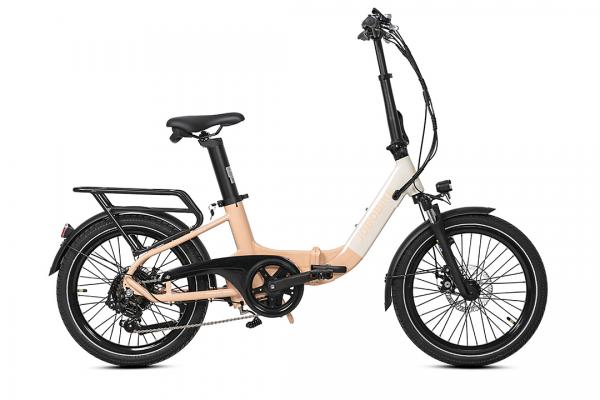
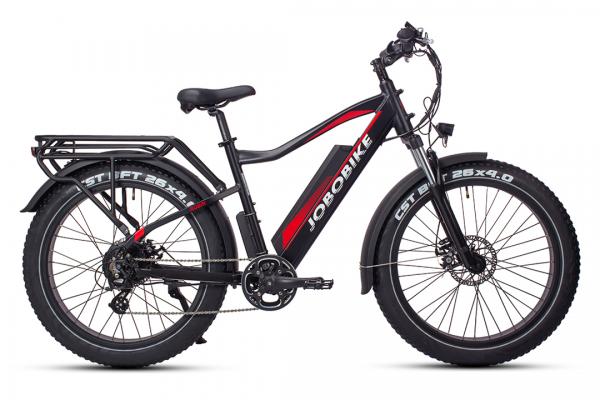
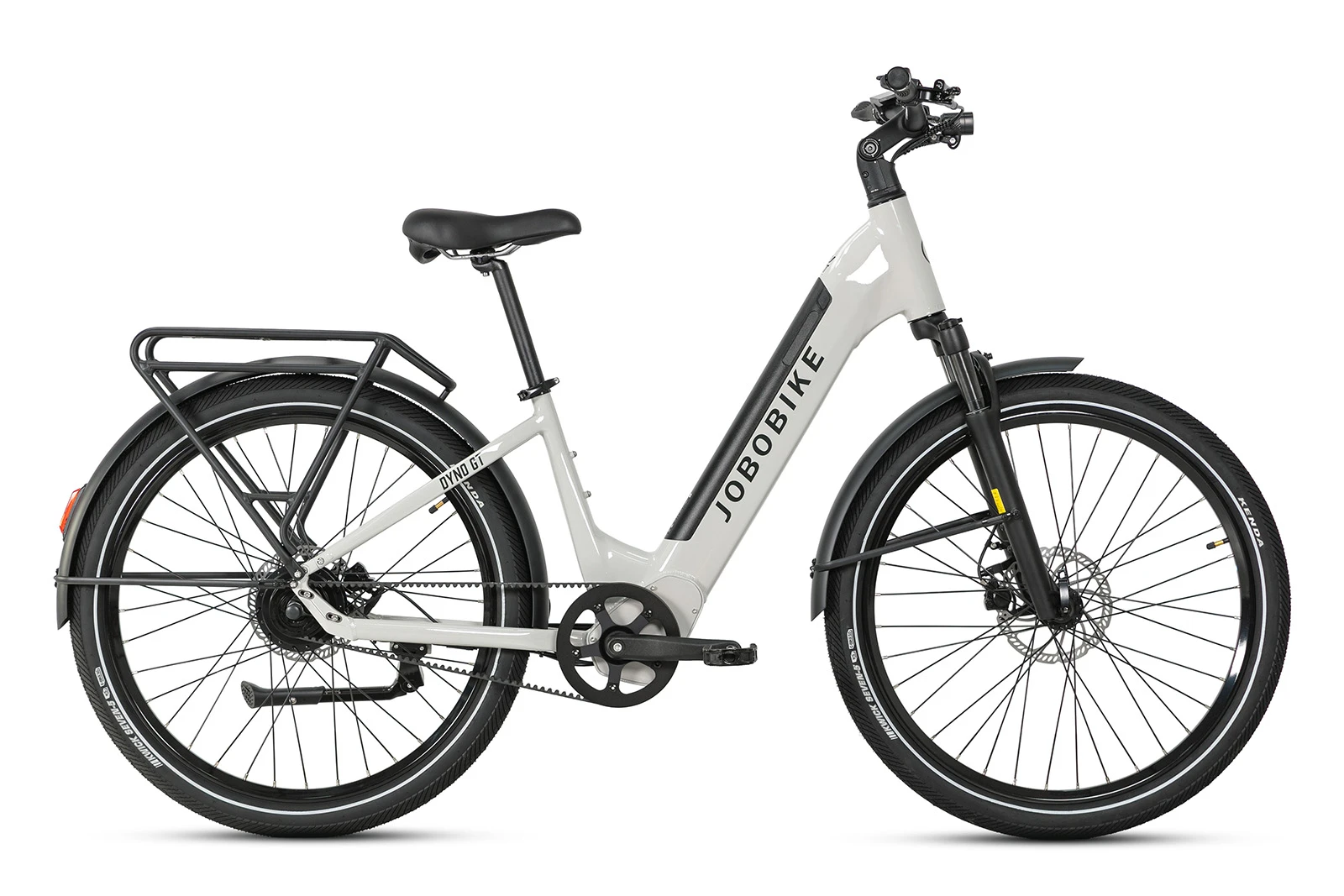
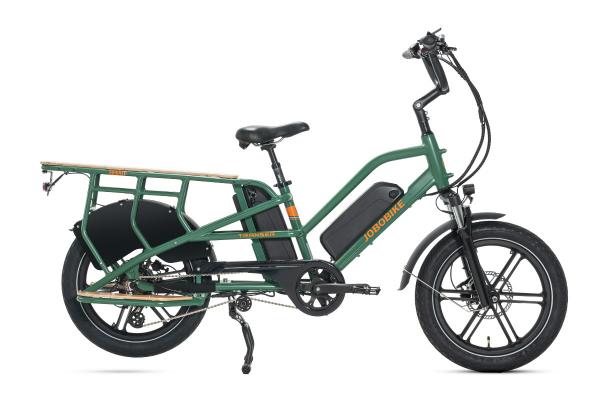

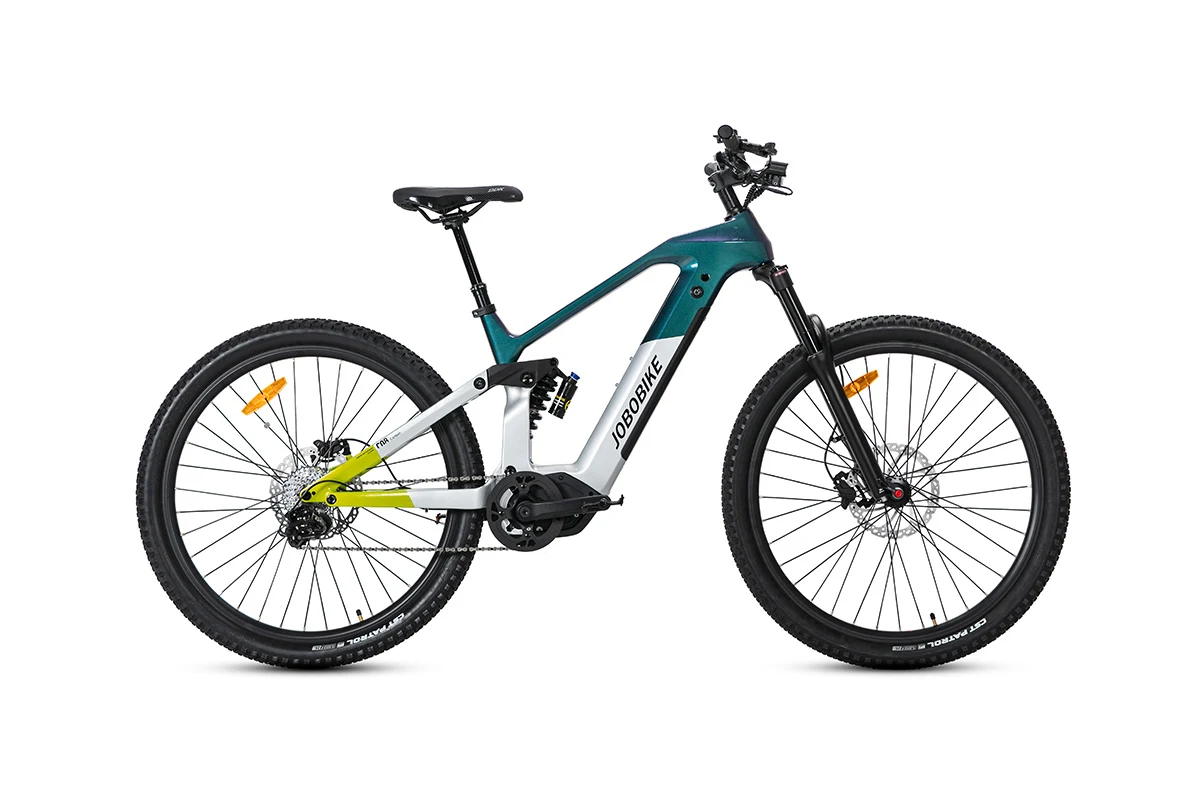
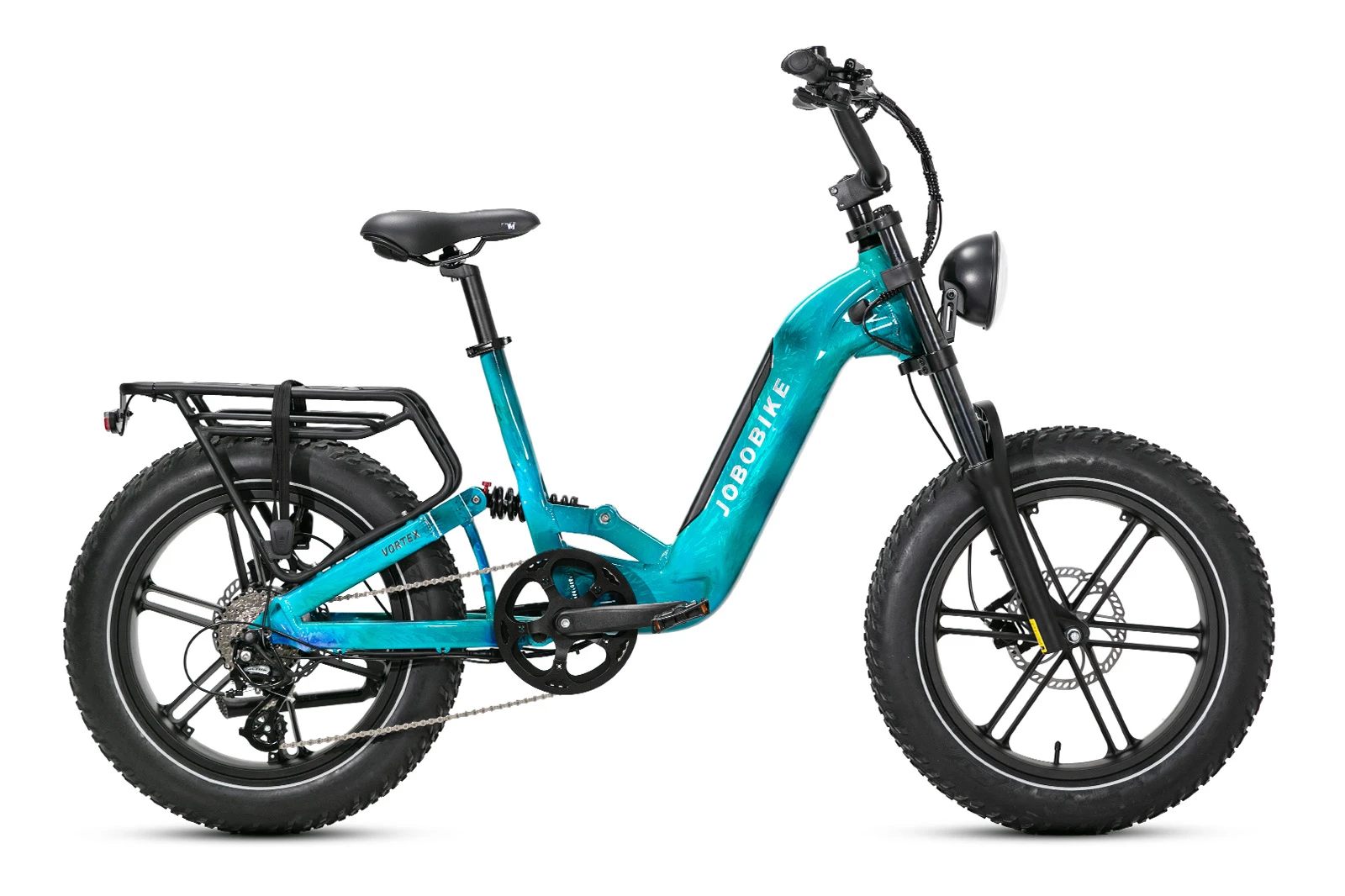
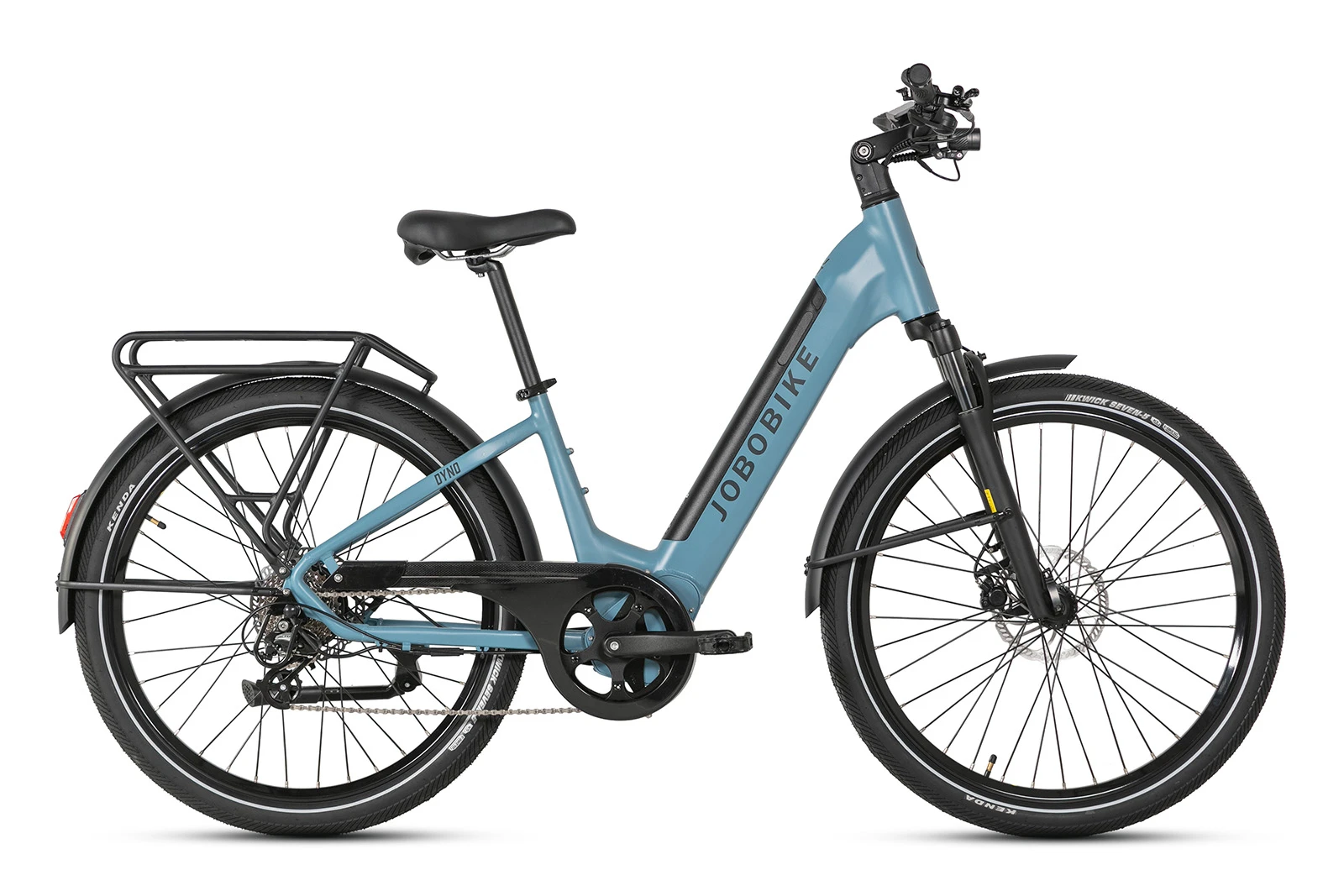

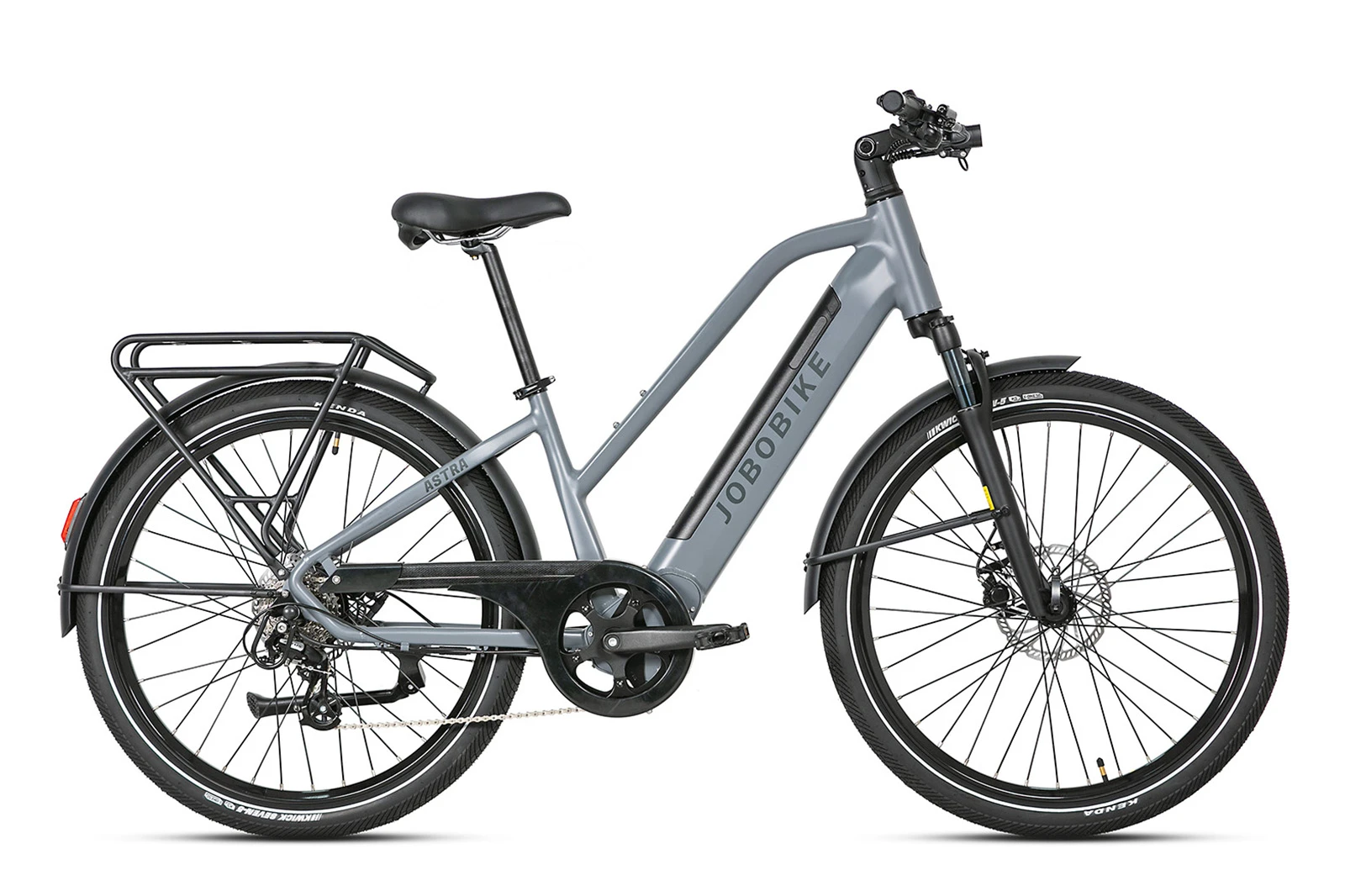



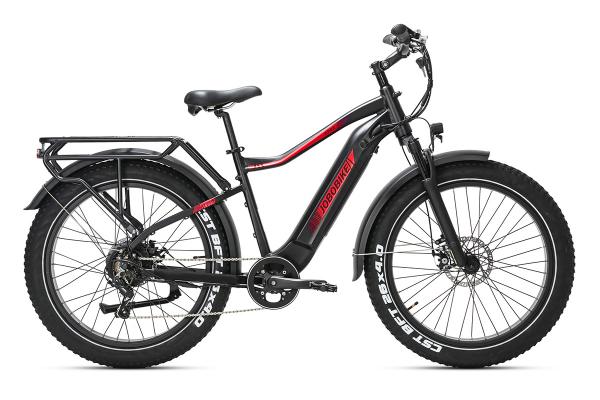
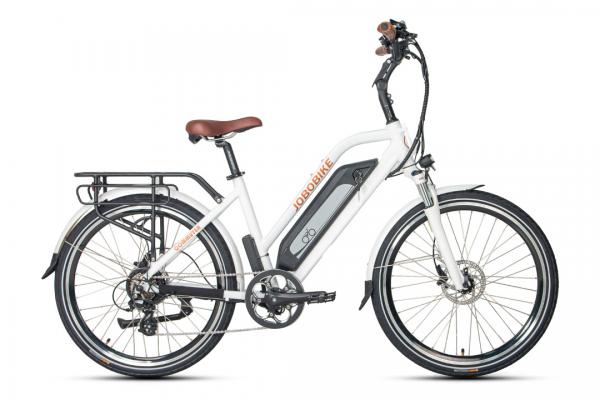
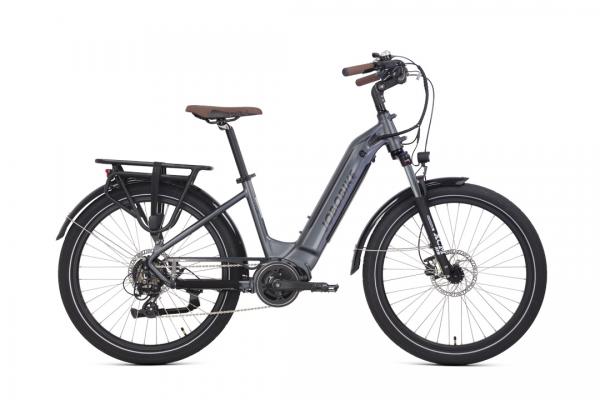
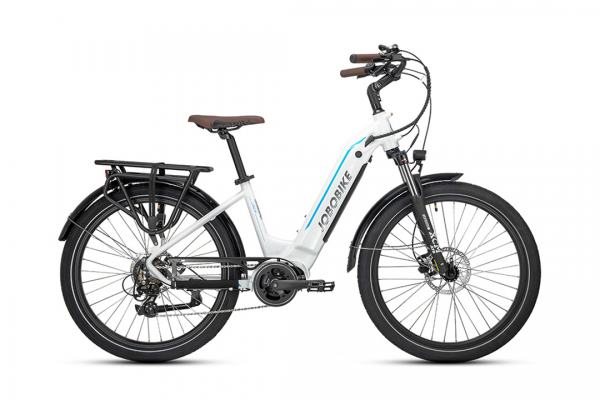
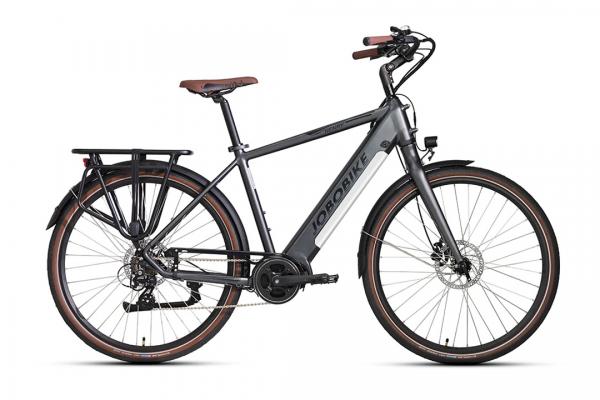
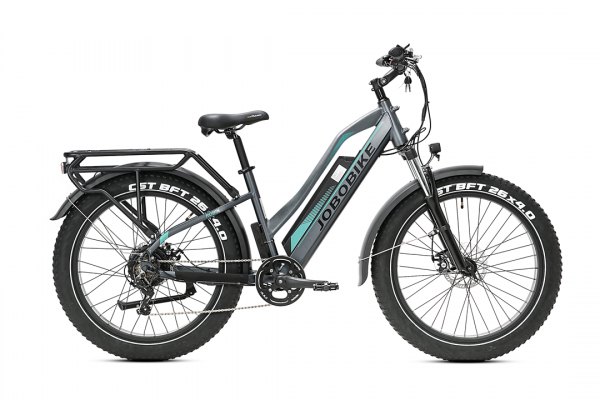
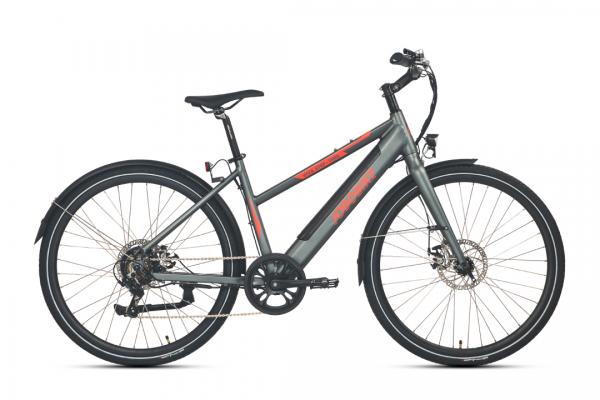
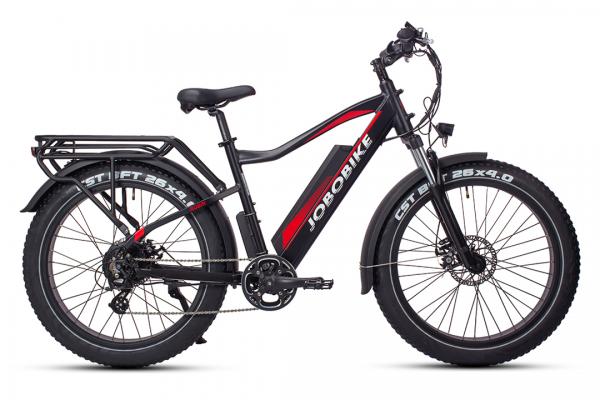
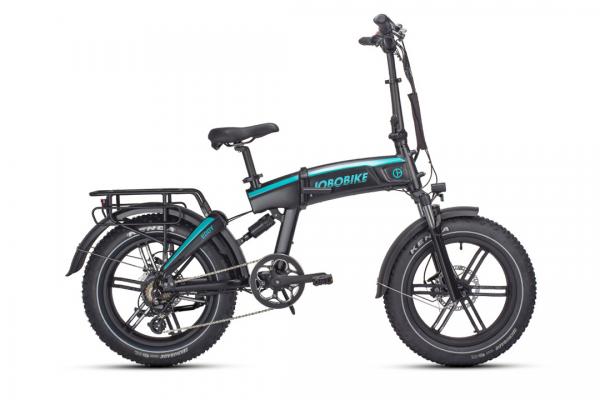
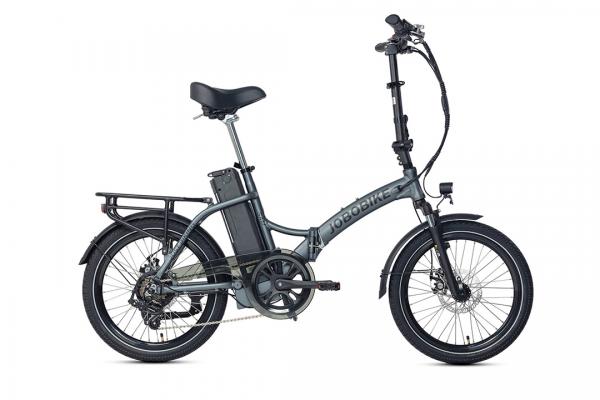
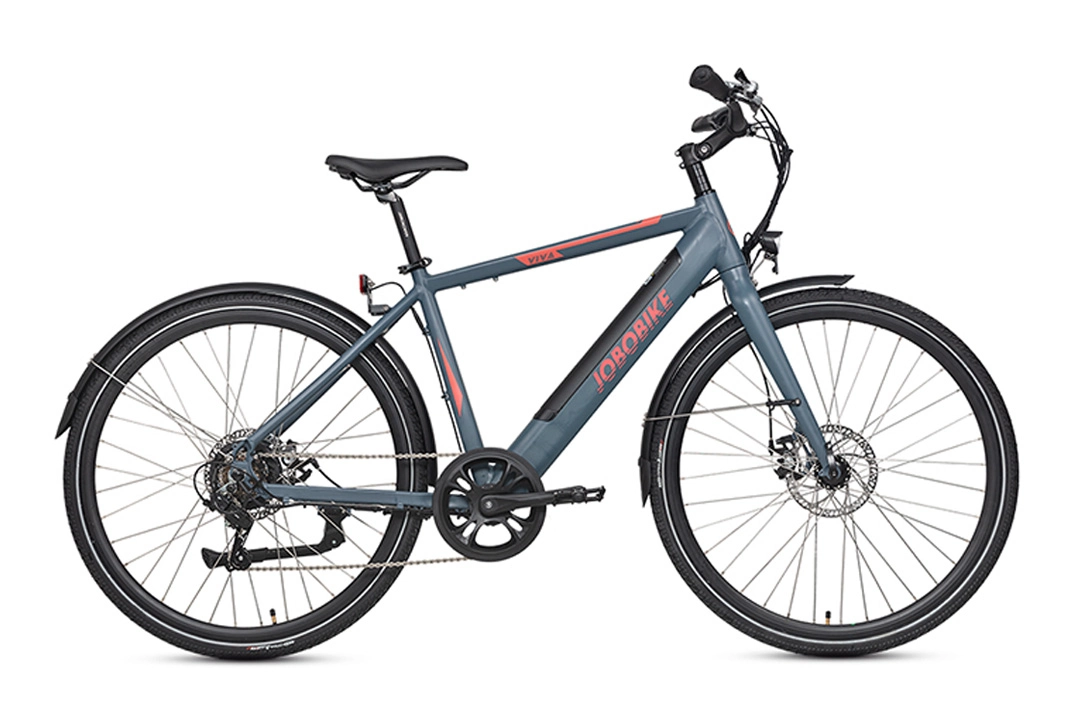
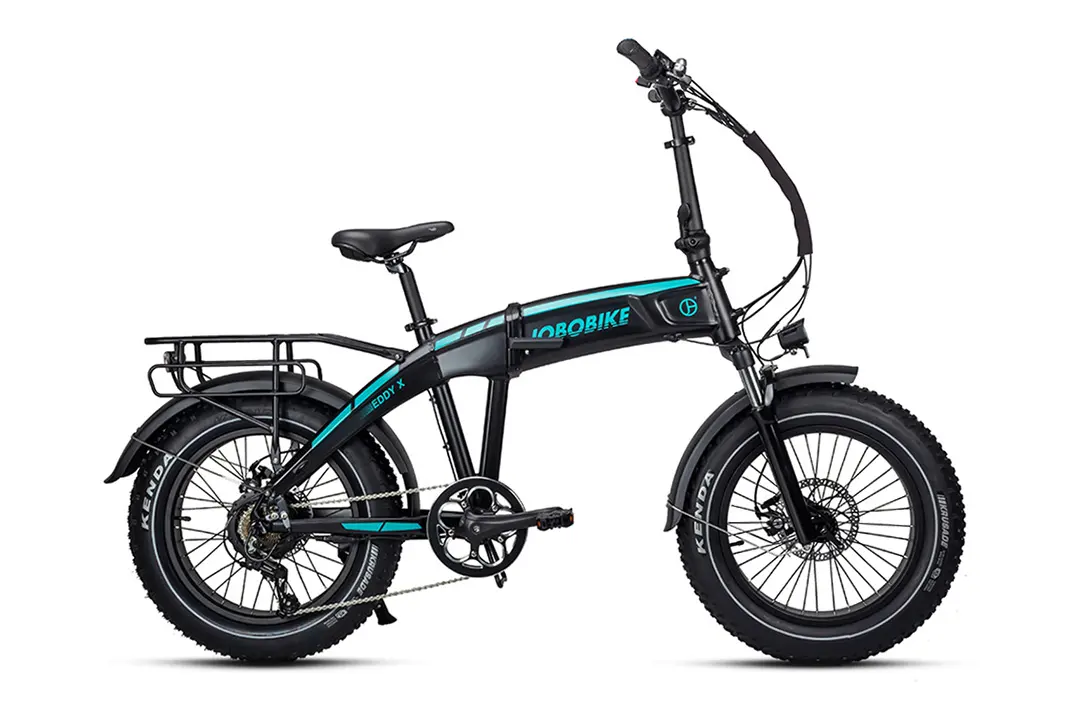
 JOBOBIKE Sam
JOBOBIKE Sam  JOBOBIKE Robin
JOBOBIKE Robin 
